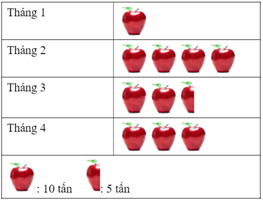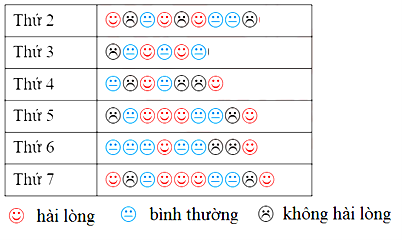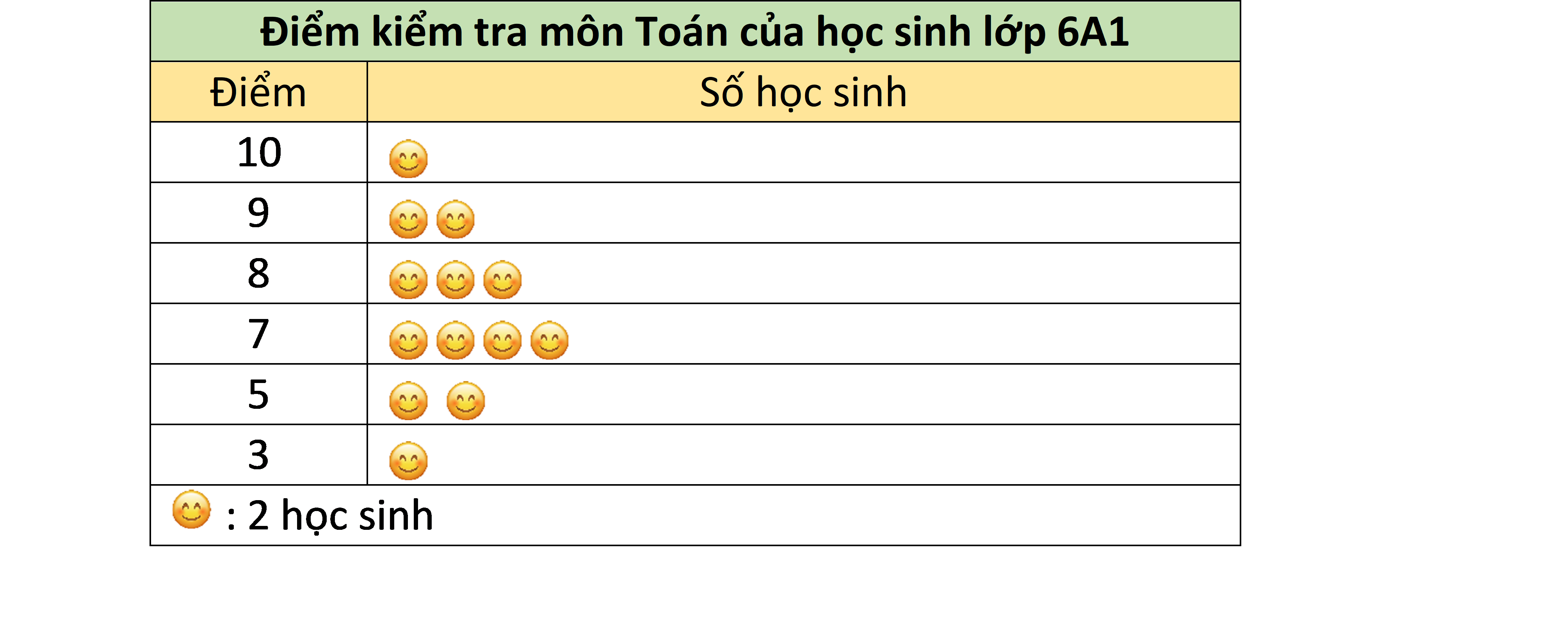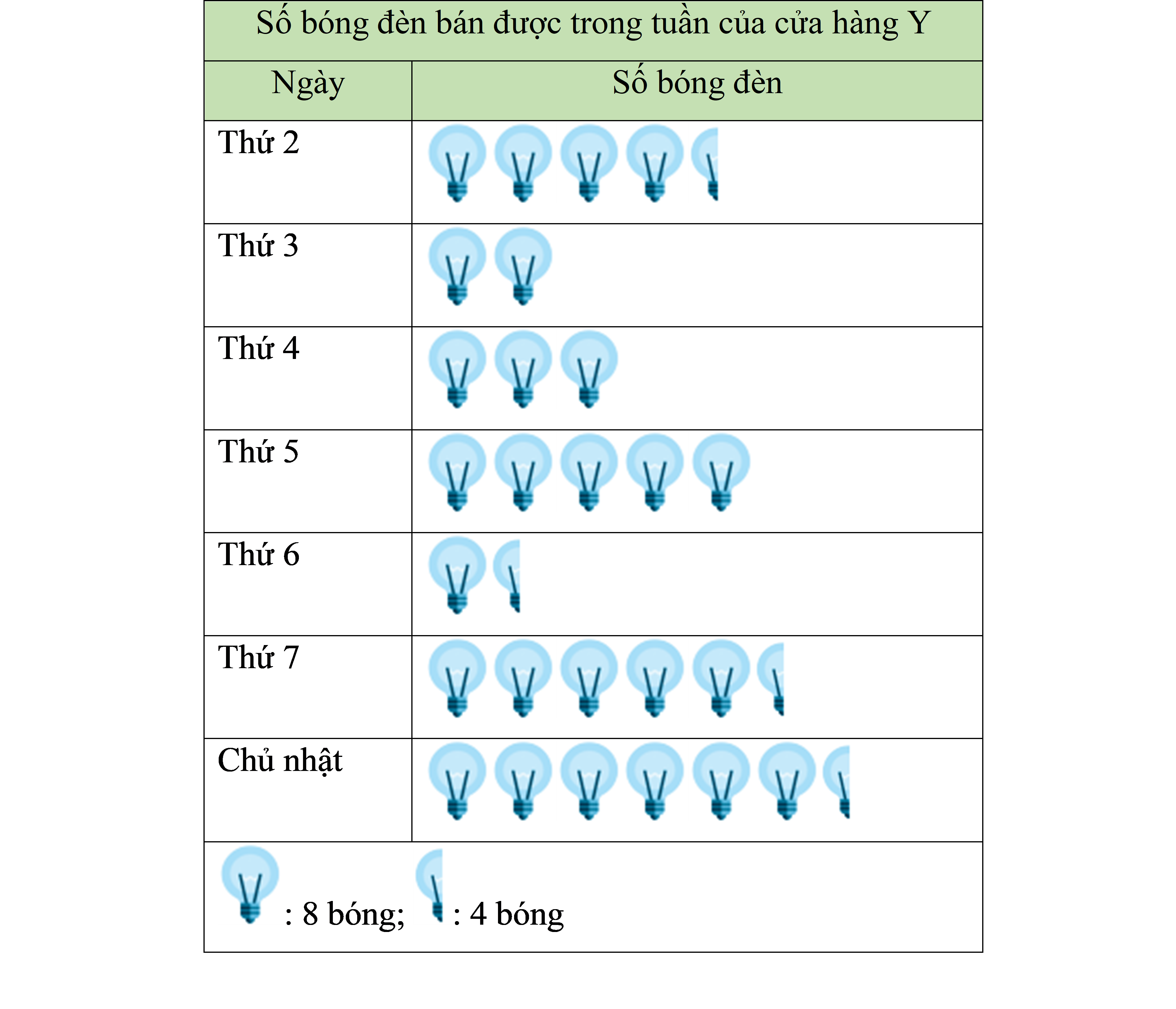Danh sách câu hỏi
Có 1242323 câu hỏi trên 24847 trang
55
lượt xem
90
lượt xem
122
lượt xem
58
lượt xem
88
lượt xem
135
lượt xem
75
lượt xem
82
lượt xem
70
lượt xem
55
lượt xem
114
lượt xem
83
lượt xem
156
lượt xem
211
lượt xem
122
lượt xem
63
lượt xem
65
lượt xem
116
lượt xem
187
lượt xem
426
lượt xem
122
lượt xem
62
lượt xem
130
lượt xem
69
lượt xem
136
lượt xem
61
lượt xem
100
lượt xem
59
lượt xem
78
lượt xem
82
lượt xem
50
lượt xem
75
lượt xem
55
lượt xem
77
lượt xem
54
lượt xem





